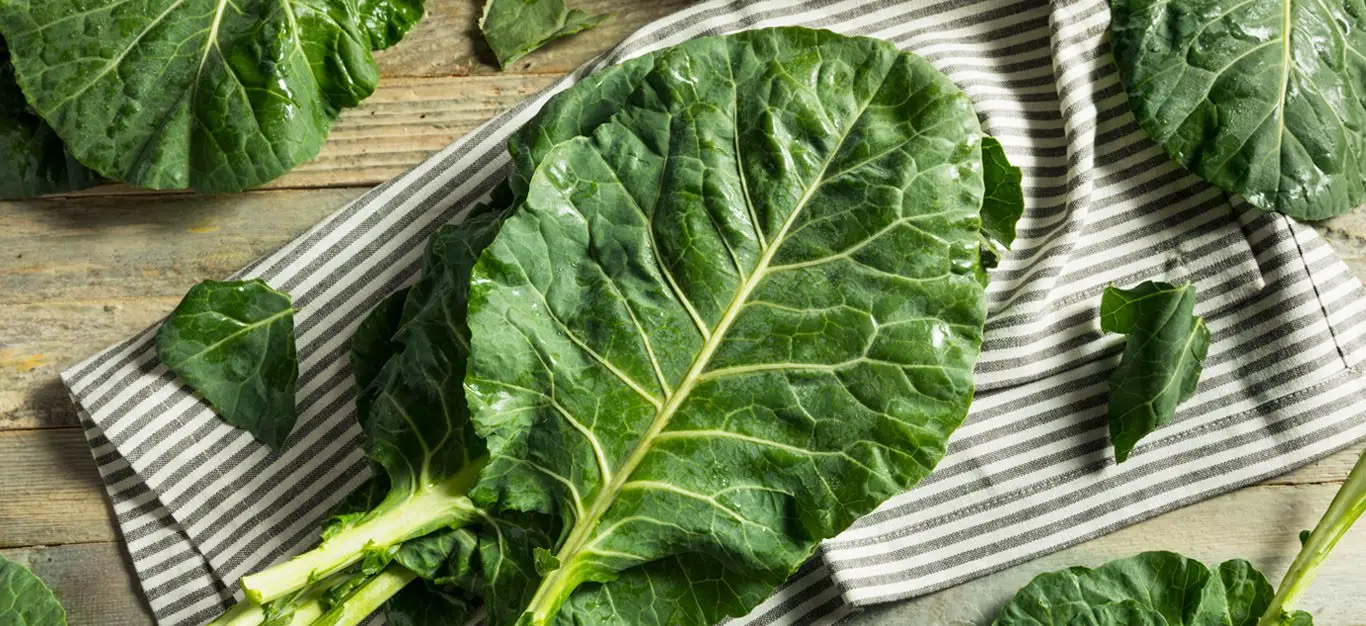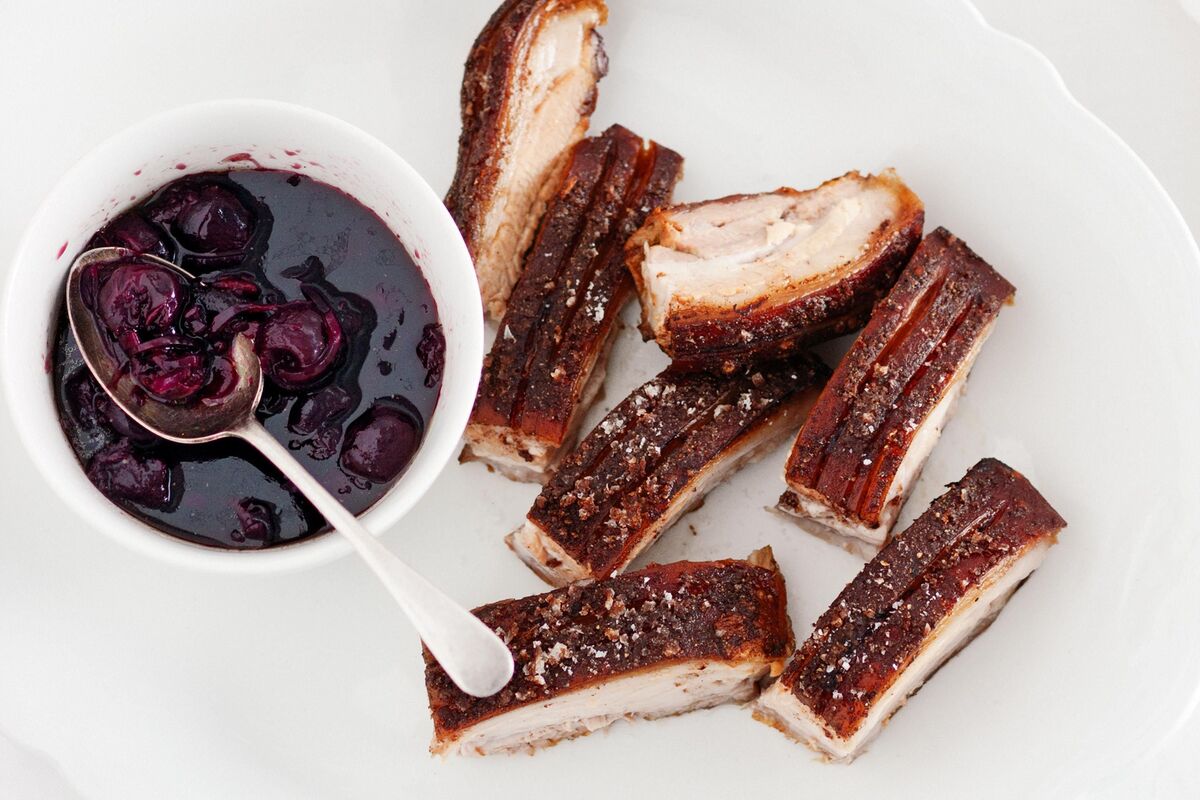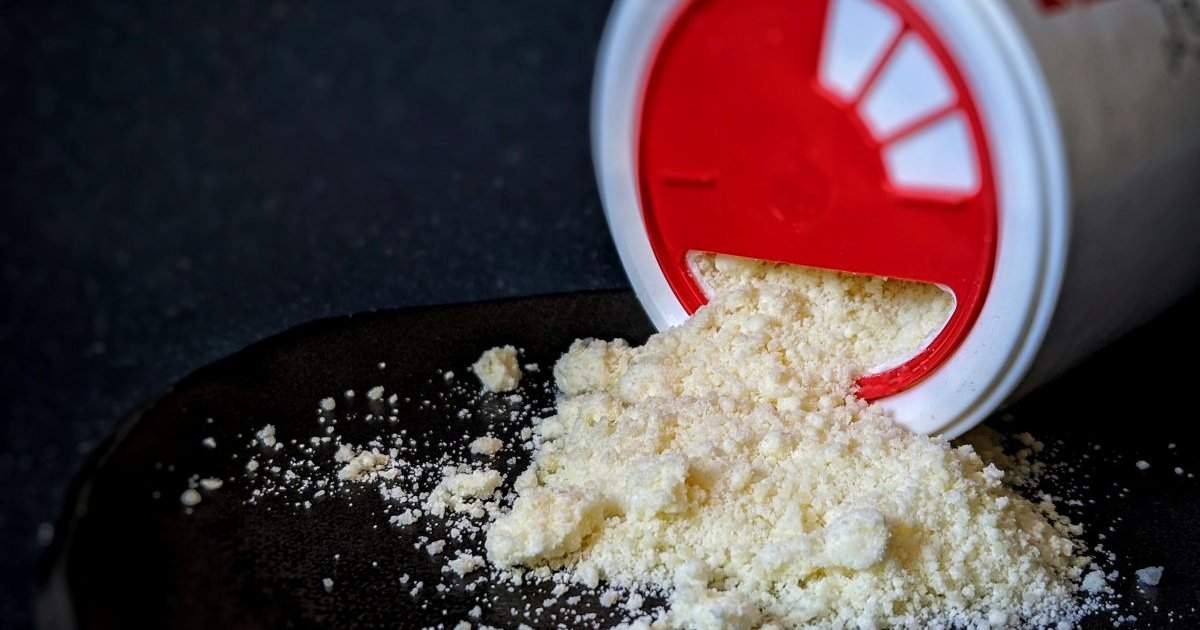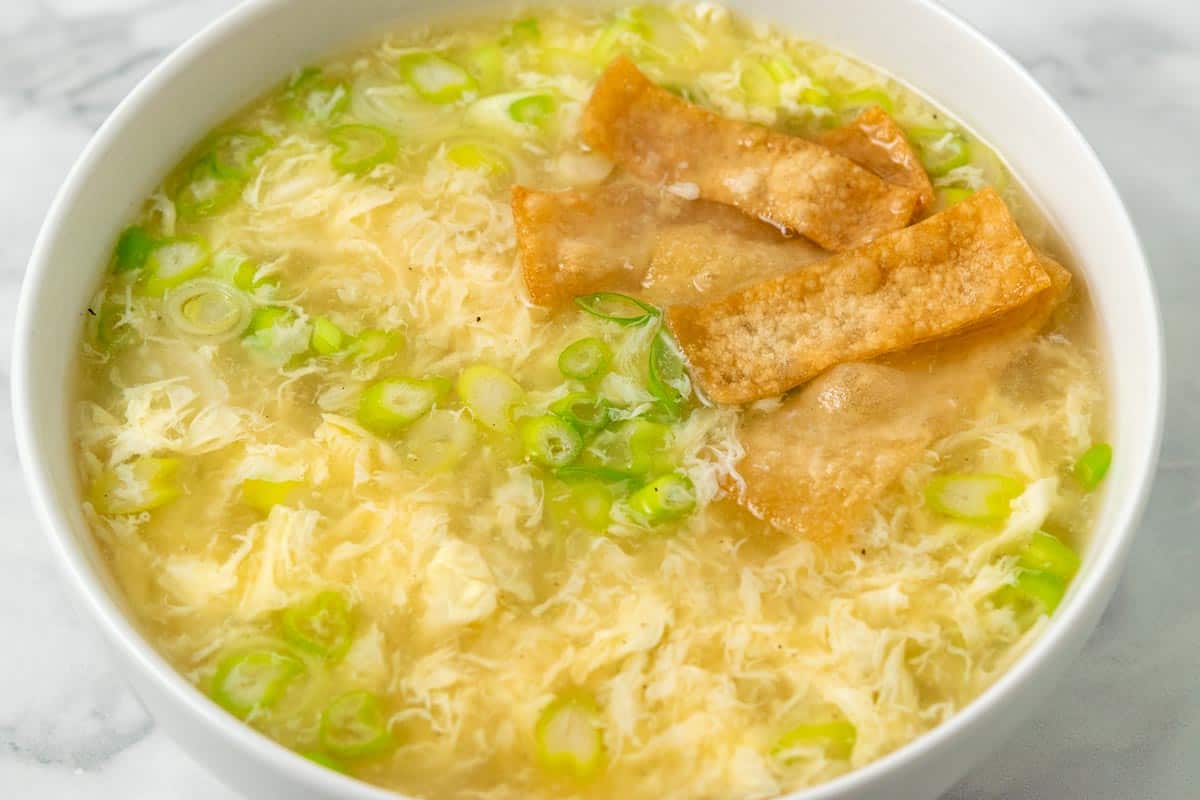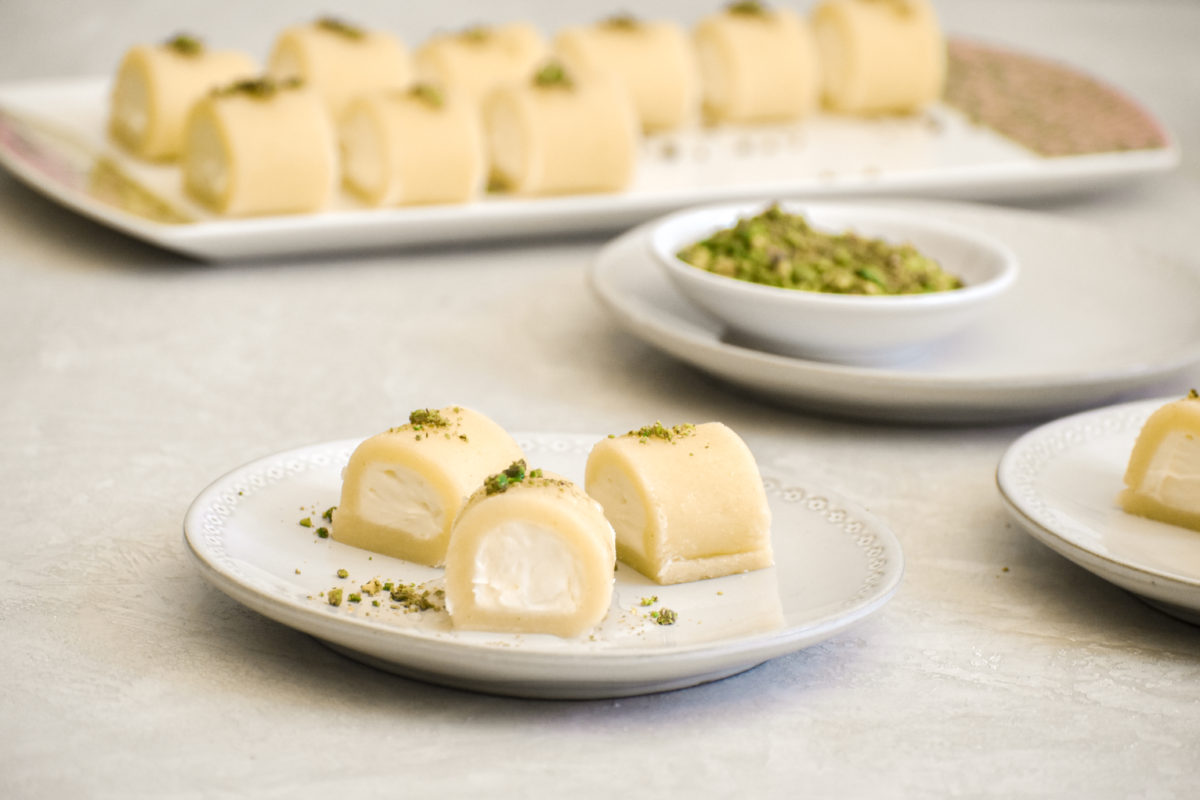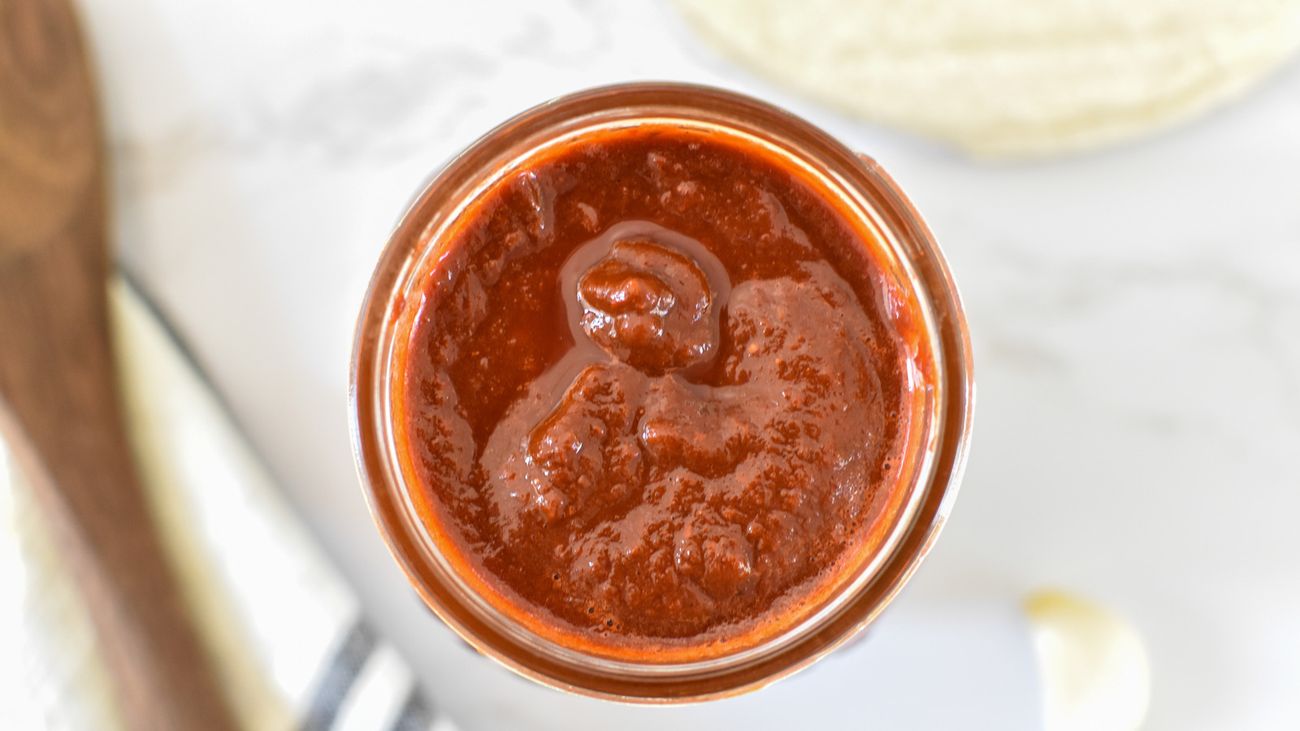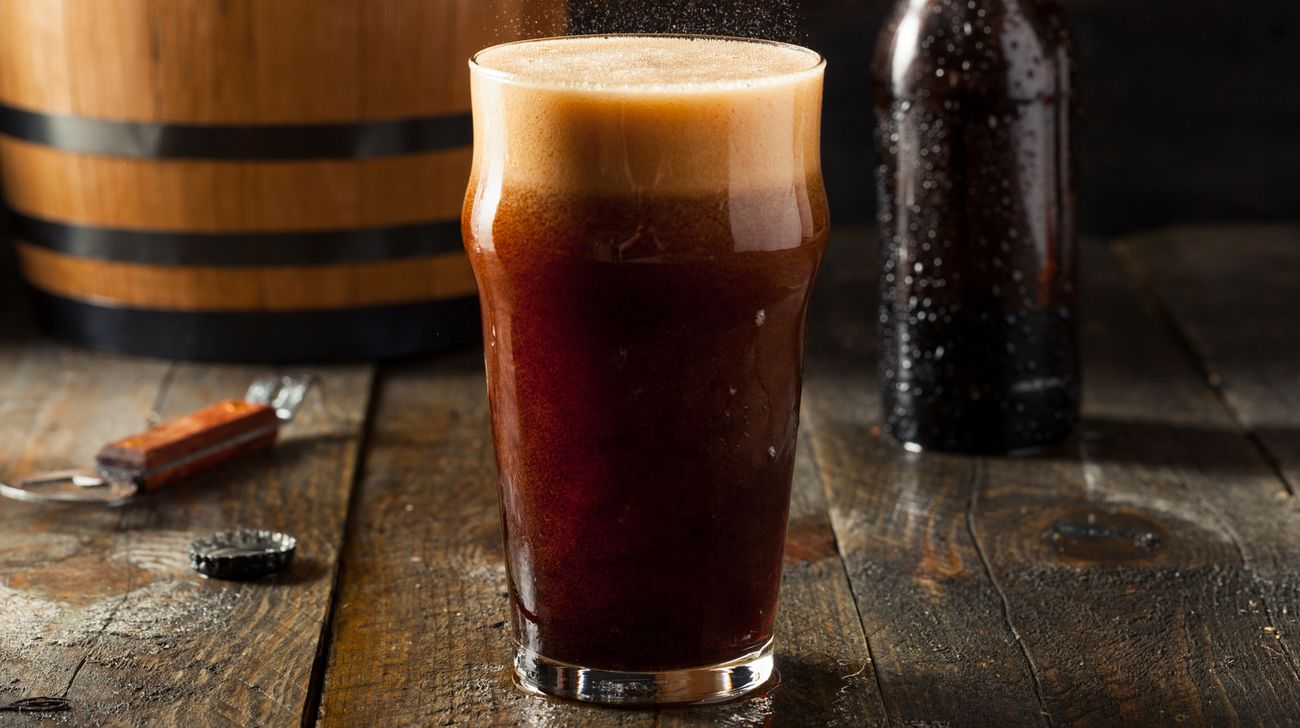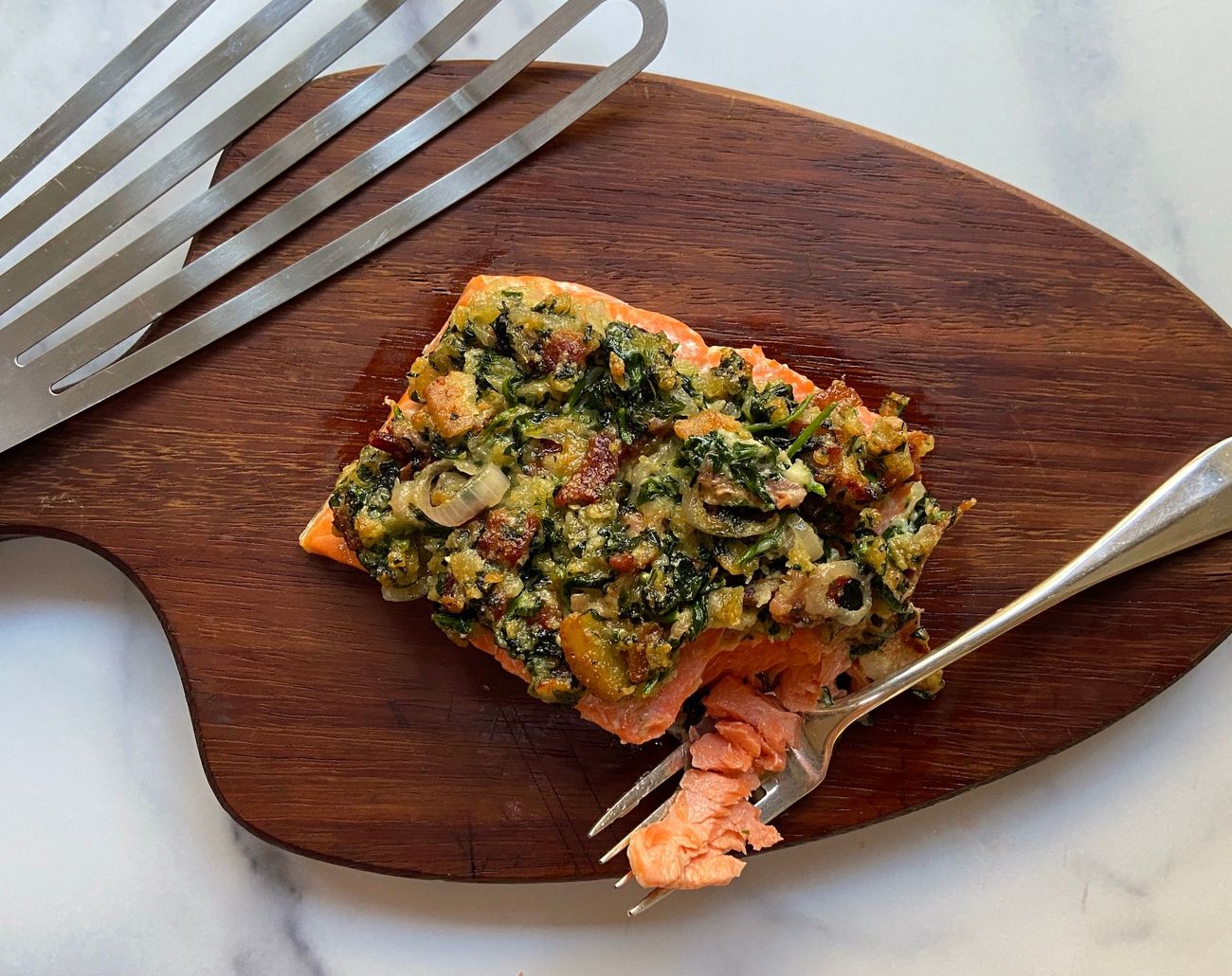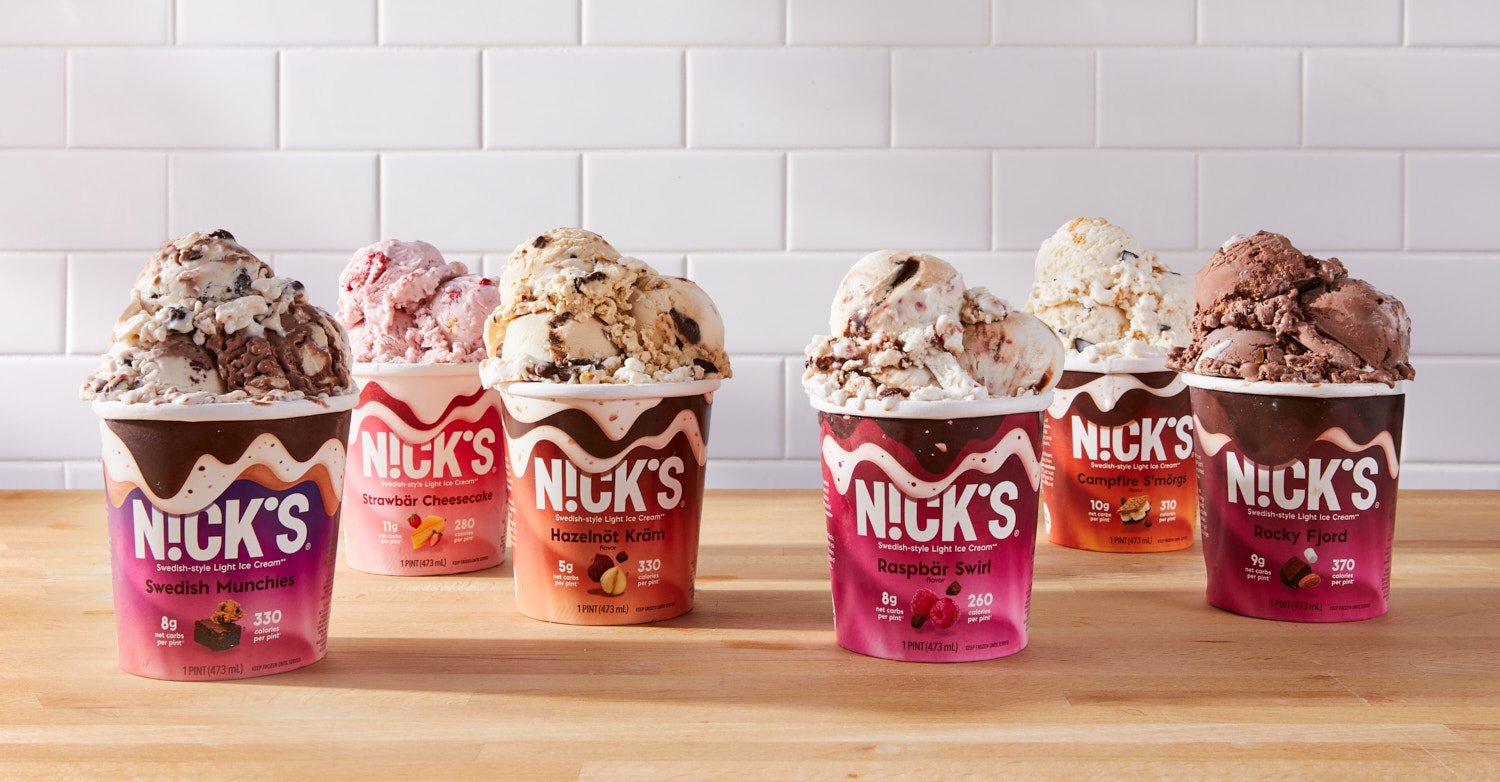Discovering Ugali: A Staple of Kenyan Cuisine
When it comes to Kenyan cuisine, one dish that stands out as a staple in the country is ugali. This simple yet satisfying dish has been a part of Kenyan culinary tradition for generations, and it continues to hold a special place in the hearts and stomachs of many Kenyans. In this article, we’ll take a closer look at what ugali is, how it’s made, and why it’s such an important part of Kenyan culture.
What is Ugali?
Ugali is a type of maize meal porridge that is commonly consumed in Kenya and other parts of East Africa. It is known by different names in various regions, such as “posho” in Uganda and “sadza” in Zimbabwe. This versatile dish is a popular accompaniment to a wide range of savory dishes, and it is often enjoyed as a main course as well.
How is Ugali Made?
The process of making ugali is relatively simple, requiring just a few basic ingredients and some careful attention. The main ingredient is maize meal, which is mixed with water and heated in a pot. As the mixture cooks, it is stirred continuously to prevent lumps from forming. The result is a thick, starchy porridge with a smooth texture.
Ugali is typically served in a large, rounded mound on a plate, and it can be shaped and molded by hand for a visually appealing presentation. It is often enjoyed alongside dishes such as sukuma wiki (a type of collard greens), nyama choma (grilled meat), or various stews and sauces.
The Significance of Ugali in Kenyan Culture
Ugali holds a special place in Kenyan culture for several reasons. First and foremost, it is a highly affordable and filling food that can be enjoyed by people from all walks of life. Its simplicity and versatility make it a practical choice for everyday meals, and it is often shared among family and friends as a communal dining experience.
Furthermore, ugali is deeply intertwined with the agricultural traditions of Kenya. Maize, the main ingredient in ugali, is a widely cultivated crop in the country, and its abundance makes it a readily available and cost-effective source of sustenance for many Kenyans.
From a social perspective, the act of sharing a meal of ugali with others fosters a sense of togetherness and unity. It is a symbol of hospitality and generosity, and it plays a central role in many social gatherings and celebrations throughout Kenya.
Health Benefits of Ugali
While ugali is often praised for its comforting and satisfying qualities, it also offers some nutritional benefits. Maize meal is a good source of carbohydrates, providing energy to fuel the body. Additionally, it contains essential nutrients such as fiber, vitamins, and minerals, contributing to a well-rounded diet when paired with other nutritious foods.
It’s important to note that the healthfulness of ugali can be enhanced by incorporating a variety of vegetables, lean proteins, and healthy fats into the meal. By complementing ugali with a balanced assortment of foods, it can form part of a wholesome and nourishing diet.
Conclusion
Ugali is much more than just a simple dish; it is a symbol of tradition, community, and sustenance in Kenyan culture. Its humble yet significant presence on the dining tables of Kenyan households reflects the enduring connection between food and identity. Whether enjoyed with family, friends, or neighbors, a serving of ugali represents the rich tapestry of Kenyan culinary heritage.
So, the next time you have the opportunity to savor a meal of ugali, take a moment to appreciate the cultural significance and culinary craftsmanship that have made this beloved dish a cornerstone of Kenyan cuisine.
Was this page helpful?
Read Next: What Is Pouring Cream?
